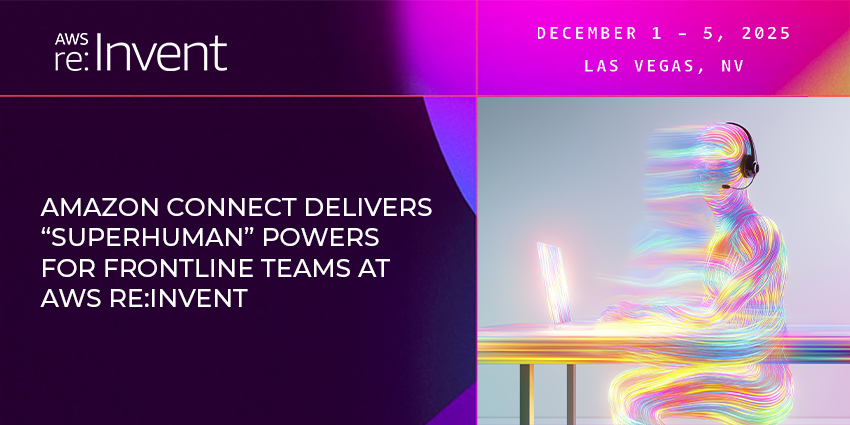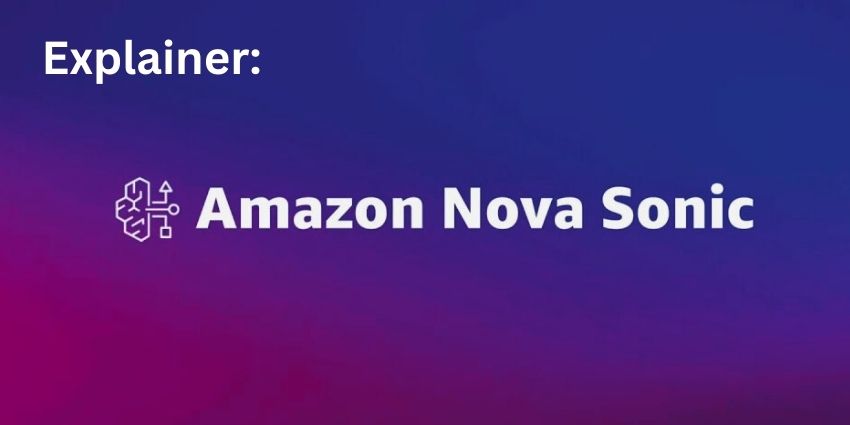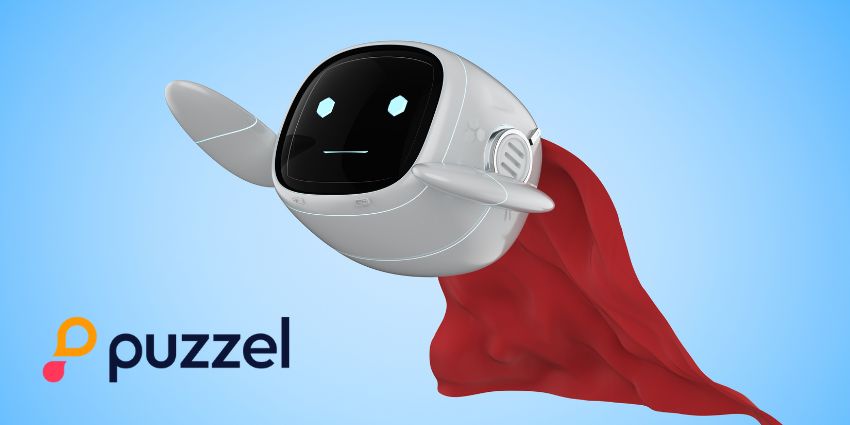Key Performance Indicators (KPIs) have traditionally been historical in nature, feeding high volumes of data into a spreadsheet to glean cumulative reports. It is only with the advent of technology (greater computing power, affordable resources via the cloud, smarter visualisation, democratised delivery on mobile, emails, etc.) that real-time analytics in contact centres have become viable at scale.
In fact, they are more than viable – 90% of contact centres believe end-to-end real-time analytics to be an important function for their organisation.
So, how do real-time analytics differ from traditional, historical data insights?
Simply put, real-time contact centre analytics continuously maps KPIs to immediately alert you if/when a threshold is breached. You don’t receive continuous, real-time data streams – the analytics engine monitors contact centre performance continuously to give you the most relevant data points (decided as per pre-set business rules) on an interface that is accessible immediately. This could be a mobile notification, an always-on manager dashboard, or a time-stamped email.
In contrast, historical analytics maps KPIs over time and gives you a cumulative report of all the data captured within that period.
Contact centre managers can leverage real-time analytics to measure important aspects of agent performance and customer satisfaction to improve business outcomes. Here are a few examples:
Gamify workforce management with real-time analytics
In this use case, your analytics data is converted to agent goals and targets that are put up on the contact centre leader board. It encourages friendly competition, and you can even incentivise better than average performance with rewards and recognition.
Get supervisors to intervene based on real-time speech analytics
Speech analytics can monitor conversations in real-time to pick up on negative words and phrases. For example, if a customer says “no” or “not” multiple times in a conversation, you can take this as an indication that the quality of experience is dipping and a supervisor should intervene.
Provide agents with contextual data based on speech analytics
If a customer utters a certain product name or key phrase, you can immediately display product information and other contextual details on the agent’s dashboard. This will help them drive a cross-selling/up-selling opportunity.
Minimise wait time by rerouting available resources
Real-time analytics will be able to capture variations in inbound call queues. If the wait time exceeds a certain threshold, you can immediately mobilise idle resources or adjust schedules to serve the customer at the earliest. This can help to reduce churn.
Real-time contact centre analytics contains a mine of valuable information that can and should drive your everyday decision-making. Your analytics software vendor will be able to pinpoint the data points most relevant to your business and help to visualise them and drill down deeper, enabling further action on these specific KPIs.
Traditionally, KPI analysis has had a long lead time, and you would have to wait to realise any significant outcomes. Real-time analytics overcomes this effectively, by highlighting those KPIs that matter the most, right when you need it the most.






